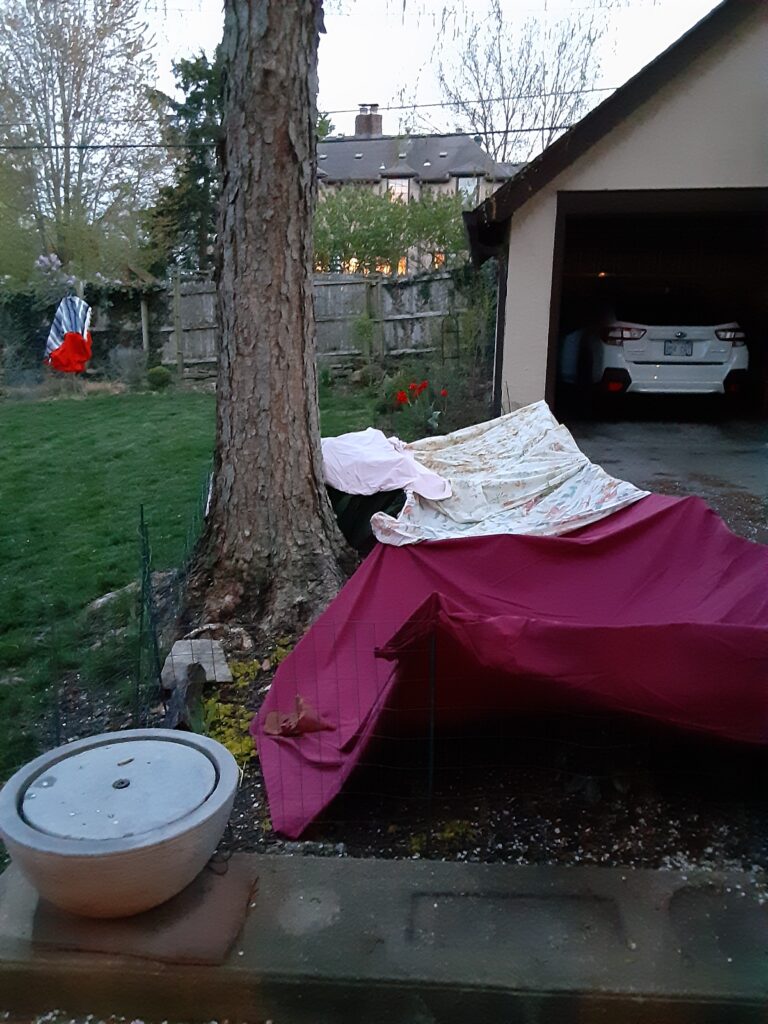While I’ve been busy doing other things besides posting here, spring has been booming on. At Easter my family visited Texas, where spring is about a month ahead of ours. We saw range burning in the Flint Hills and fields of bluebonnets. We visited the Lady Bird Johnson Wildflower Center. Here at home, my plants arrived from Prairie Nursery in Wisconsin, and I put them in the ground.
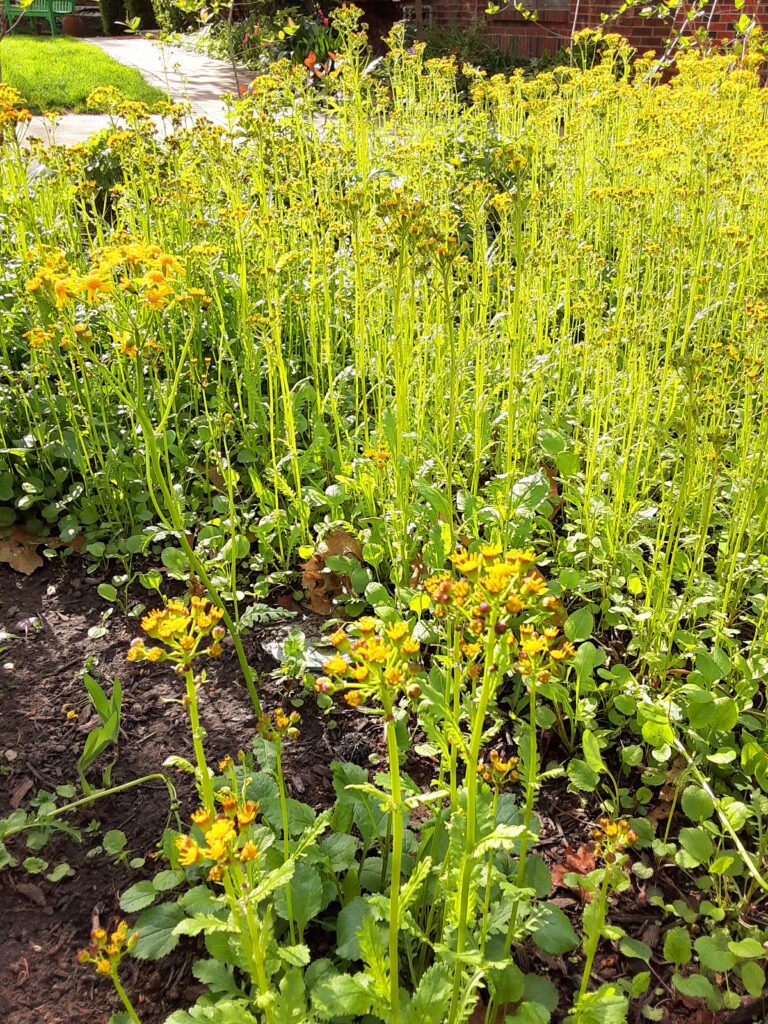
I finally committed to composting and bought a bin. Any of these could be the focus of a blog post, but gardening presents a revolving door of new concerns, and today’s is the return of winter.
Now beneath the bright blue sky, with everything blooming, the day as bright and colorful as an Easter egg, it’s hard to believe what’s coming. Outside my window, a cardinal flits around a tray of tiny foxglove seedlings I’ve been coaxing along. But the temperature is already dropping, and tonight’s forecast is for rain, then snow, then rain/snow, with “New snow accumulation of 1 to 2 inches possible,” according to NOAA.
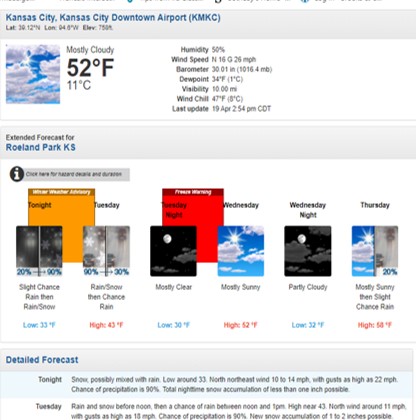
What will this mean for our spring? For the now-flowering redbuds and frilly crabapples, the ruby tulips, the green leaves of the hostas unfurling, etc.? I have a blueberry bush in flower. Can I do anything to save it? Should I turn my yard into a tent city? Is trying to save things worth the trouble?
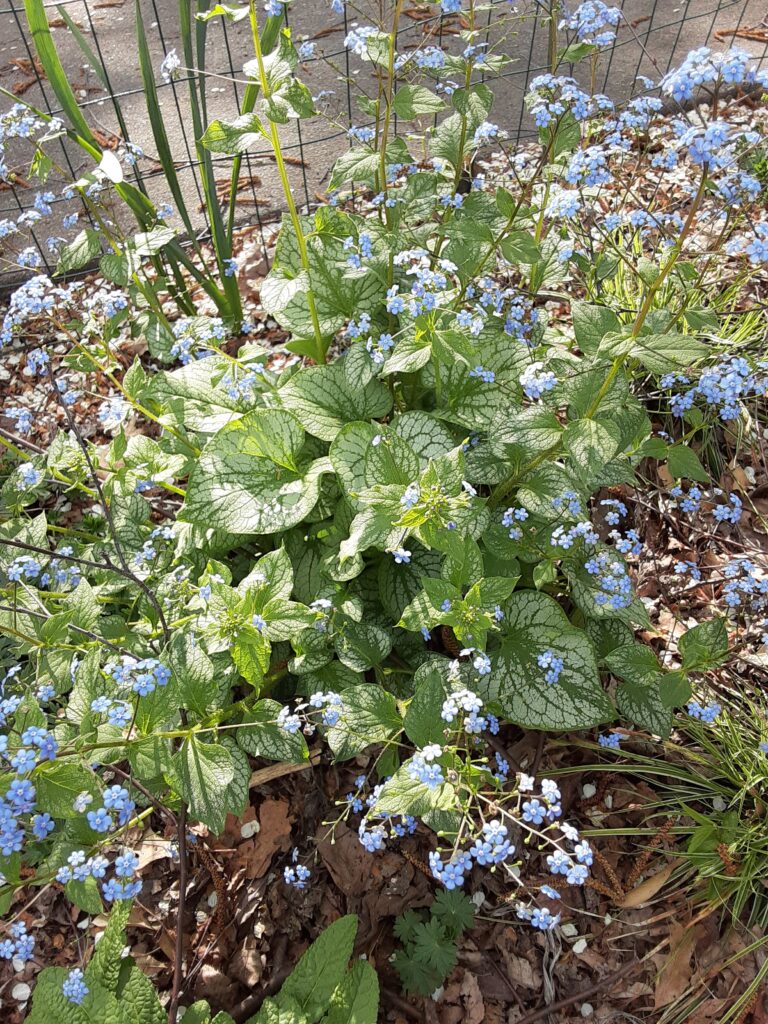
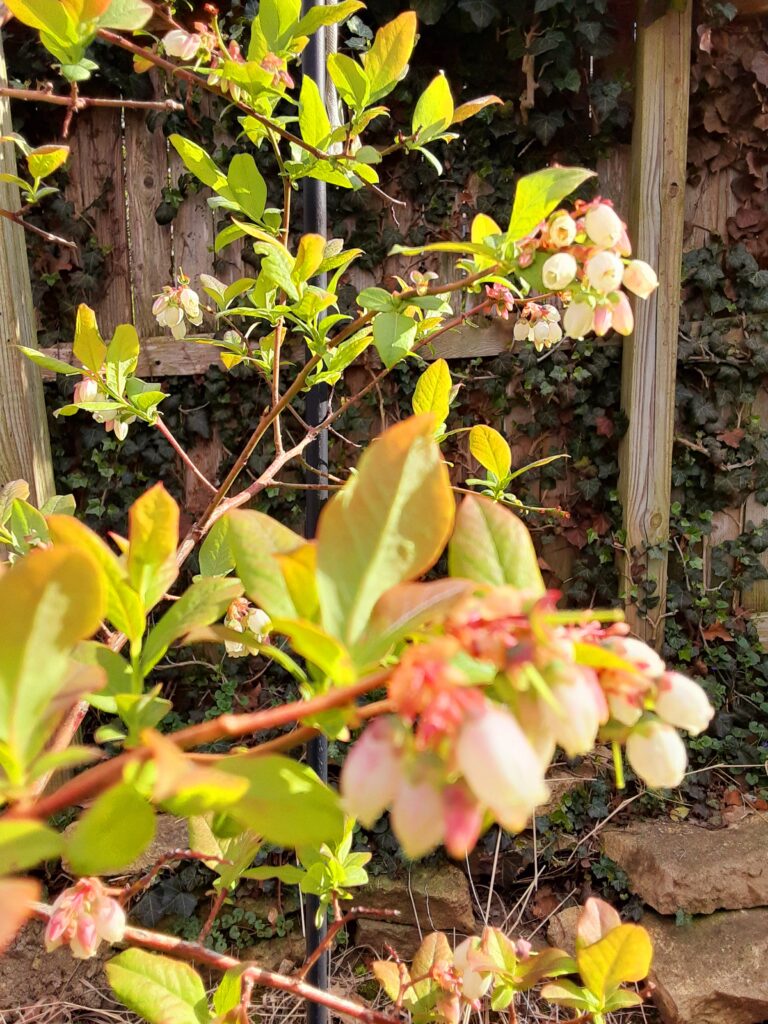
For answer, because of course I don’t know, I turn to Google. Margaret Roach has lots of pictures of overturned wheelbarrows and tubs in advance of a spring frost, but what is beneath them? “Big-leaved perennials—hostas.” Okay, glad I checked. Time to cover my own beloved hosta.
She also links to some guides to frost, and all agree, the first defense is water. Farmer’s Almanac says, “As the water freezes, it releases heat, protecting the plants, even though they’re covered by ice.”
My next step is to haul out the sprinkler.
They also recommend covering plants: “You can use newspapers, baskets, tarps, straw, and other materials to cover your plants. Cover the whole plant before sunset to trap any remaining heat. Be sure to anchor lightweight coverings to prevent them from blowing away.”
Before I set out my tarps and blankets, I head over to BBC Gardener’s World for a quick check, where searching for “Frost” returns David Frost interviews of Muhammad Ali, Donald Rumsfeld, and Tony Blair. Searching for “frost protection” informs me that sub-zero temperatures in early April pretty much destroyed this year’s grape harvest in Bordeaux, Burgundy, the Languedoc and the Rhône. Really? This seems tremendously sad—a disaster I’ve heard nothing about. The article has vivid images, as farmers resorted to desperate strategies, trying to salvage their crops.
More targeted searching yields more targeted results: https://www.gardenersworld.com/plants/quick-ways-to-protect-plants-from-frost/
The consensus seems to be that covers are worth a try. Recommendations include using stakes to keep the material, especially plastic, from touching the foliage.
France’s sub-zero weather is being described as a once-in-a-lifetime freeze, but April snow in Kansas City is not particularly rare. Here’s what they have to say over at the Johnson County Master Gardener website:
“The frost-free date in the metropolitan area is around April 15. It is important to understand what that date means. Frost-free dates are based on percentages. The frost-free date is determined by when there will be a 50-50 chance of a frost occurring. Each day following this date, the chance of frost is reduced by two to three percent. After the first of May there is a less than five percent chance of a frost occurring. Plants such as tomatoes and peppers that do not tolerate frost are best planted after May 1.”
Each year we mourn some blooms, but most of our perennial plants should be okay. That’s what I’m telling myself anyway.
